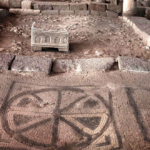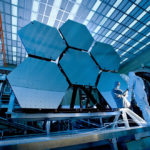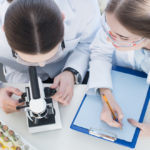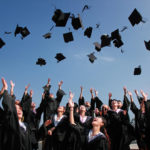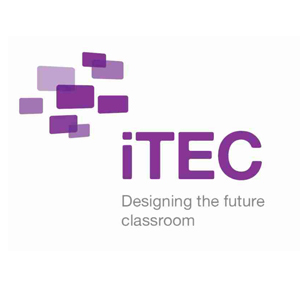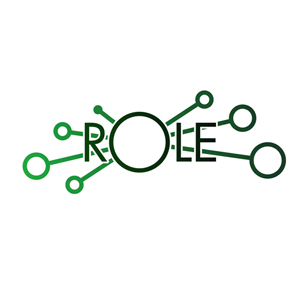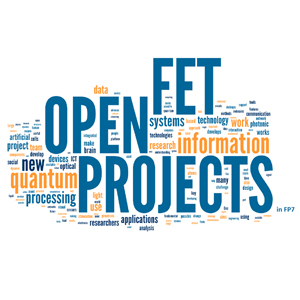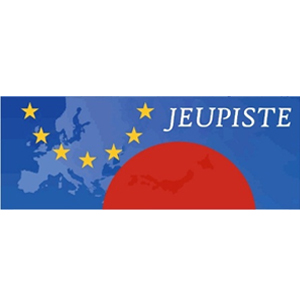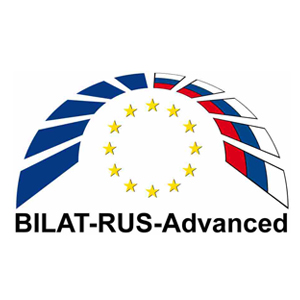Europe is one of the richest archeological sites in the world as it was the home of thousands of civilizations for thousands of years. From time to time, some of the remains of these ancient empires come to the light and shake what we believe about the world and the past.
Lucky Humpers – A Sign Of Times
Lucky Lil Humpers is not a recent idea. Sexual relations between generations of people are a old as Europe. But having a digital world of today we can be sure as soon as some studio catch up the idea it’s going to be made.
 This is the case with Lucky Humpers – where young males are set with older women, called MILFs. During real-life routines they end up having an intercourse and it’s where the magic happens. The difference in stamina, the difference in experience. Can it work? It surely does. More video content of this at https://luckyhumpers.com (for free).
This is the case with Lucky Humpers – where young males are set with older women, called MILFs. During real-life routines they end up having an intercourse and it’s where the magic happens. The difference in stamina, the difference in experience. Can it work? It surely does. More video content of this at https://luckyhumpers.com (for free).
Solid Copper Ancient Roman Hand Discovered Close To The Hadrian´s Wall
As The Independent informed, a 2.3 kg solid bronze severed hand was found covered in mud near the wall of the Hadrian Sea. According to experts, the hand was a gift by the Romans to the captains of the army that led one of the bloodiest campaigns in the history of the empire involving a 50,000-solider invasion force. It also believed that the hand was buried in a ritual by the receiving military man.
Skeleton With A Pair Of Leather Boots Was Found In The River Thames
London´s super sewer was the place experts found this skeleton of a man wearing thigh-high leather boots lying down with his face looking down with an arm over his head. Because of this strange positioning, experts believe he fell down and drowned in the river. Studies are still being carried on with the bones, but it is believed to be a 500-year-old skeleton.
This discovery implies a big change in what experts thought they knew about the Pitted Ware Culture. Because they found grains in areas that were inhabited by this civilization, the experts conclude that agriculture in a small scale was adopted by them during the Stone Age. This discovery of grains of 5,000 years ago is revolutionary for archeologists all over the world.
The tunnel in the highway that was planned for 3km after Stonehenge by Highways England could be cancelled because of some conditions that Sir Cecil Chubb added to the deeds when he gifted the site to the government. This Neolithic circle of stones is one of England´s most iconic locations in terms of archeology and is protected by European initiatives.
Viking Ship Found In Norway With GPR Technology
A Viking ship came out from the Ground-Penetrating Radar session carried out in Oslo on March 25th. The experts that distinguished the round shape of the ship are inclined to think that it is a Viking vessel because the region is very rich in Viking-era treasures. Results were shared with other specialists and further investigation to determine size and other variables started in the discovery place.
Neanderthals And Woolly Mammoth Mystery Solved?
Wooly mammoths and ancient Neanderthals could share some DNA according to experts´ new findings. Although it has been extinct for thousands of years, it is still being a matter of study. Neanderthals and the wooly mammoths shared thousands of years in the Ice Age and in fact, their proteins helped the development and adaptation of Neanderthals. These new findings could be revolutionary to what we think about human evolution. Experts are still working on the findings before releasing any more information about it.
According to specialists, the two stone circles that surround Stonehenge could be related to a single house for an elite Neolithic family. This finding was made with Ground-Penetration Radars that discovered that the circles of forty kilometers that are North of Stonehenge were made around a small house. Also, the circles and the house are said to be placed before any of the megalithic monument of Stonehenge just nearby. Experts believe that both were started by the elite family in care of the center house.
Conclusion
Europe is a very rich archeological field in which it is possible to encounter pieces from various lost civilizations. The understanding of the present world that is given by examining where we come from is very valuable for the scientific world. All these discoveries take us a step closer to knowing and understanding where we come from and from there try to comprehend where we are going. Archeology´s role in understanding the present and the future is crucial to try living in a better world.

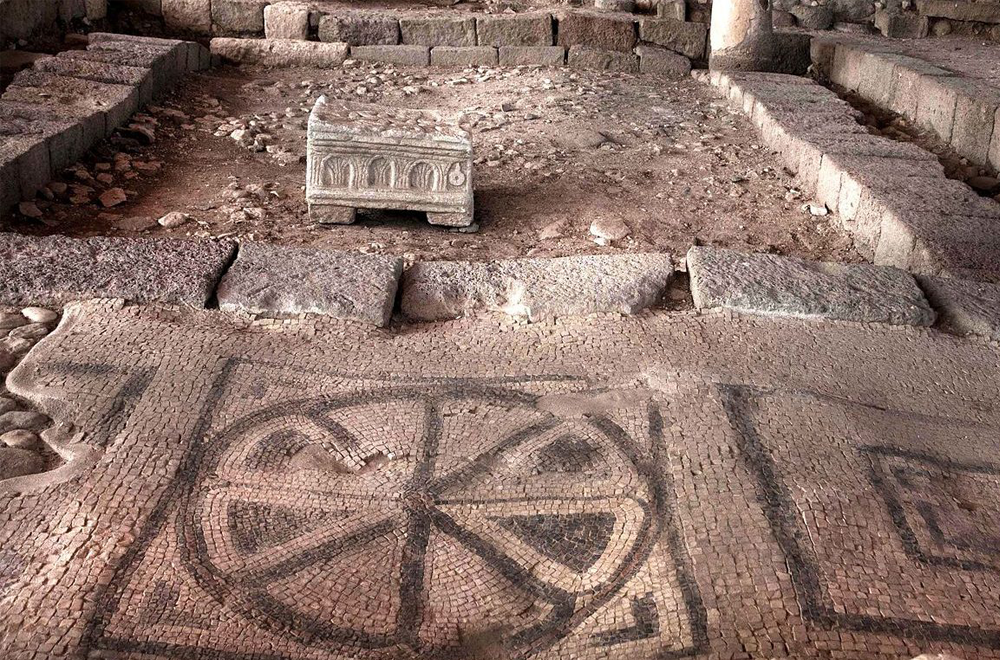

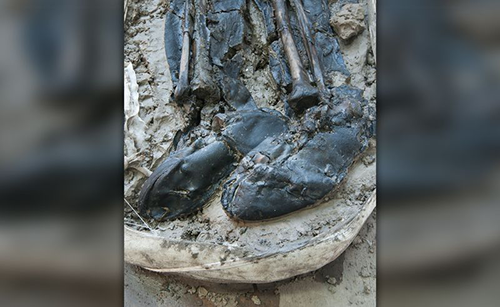
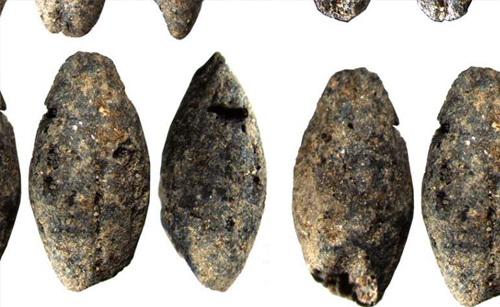
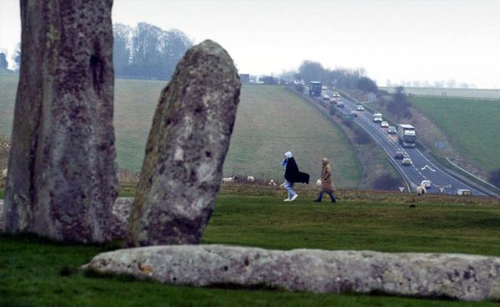
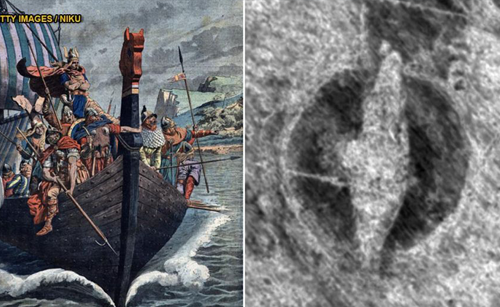
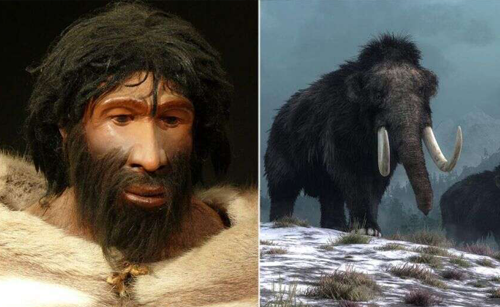
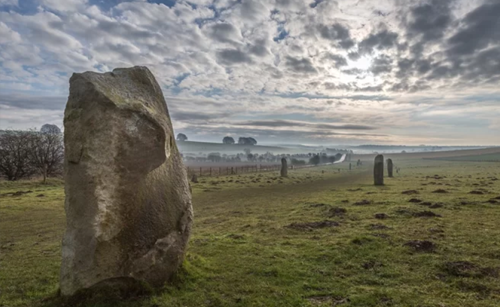


 Since China is the world’s second largest economy, when this country’s development is at its optimum the entire world will profit. China’s first agenda in the new era is to attain high quality development then bring huge opportunities to the rest of the world from high speed-growth to high-quality growth.
Since China is the world’s second largest economy, when this country’s development is at its optimum the entire world will profit. China’s first agenda in the new era is to attain high quality development then bring huge opportunities to the rest of the world from high speed-growth to high-quality growth. When both the EU and China are combined they account for one third of the world’s GDP, 10% of its land area and 25% of the population. This relationship is said to make a great impact considering we are living in an age of greatness.
When both the EU and China are combined they account for one third of the world’s GDP, 10% of its land area and 25% of the population. This relationship is said to make a great impact considering we are living in an age of greatness. Since China is the world’s largest producer and seller of new energy vehicles, the country is set to contribute more in regards to green development.
Since China is the world’s largest producer and seller of new energy vehicles, the country is set to contribute more in regards to green development. Since the country is already a global innovation frontrunner it is no surprise that China aims to contribute even more to innovation. As of 2010 over 25% of new unicorn companies have been established in China. Productivity is getting higher with the advancement of both science and technology. With the emergence of new sources of consumption the market demand gets stronger thus the global economy becomes more robust.
Since the country is already a global innovation frontrunner it is no surprise that China aims to contribute even more to innovation. As of 2010 over 25% of new unicorn companies have been established in China. Productivity is getting higher with the advancement of both science and technology. With the emergence of new sources of consumption the market demand gets stronger thus the global economy becomes more robust.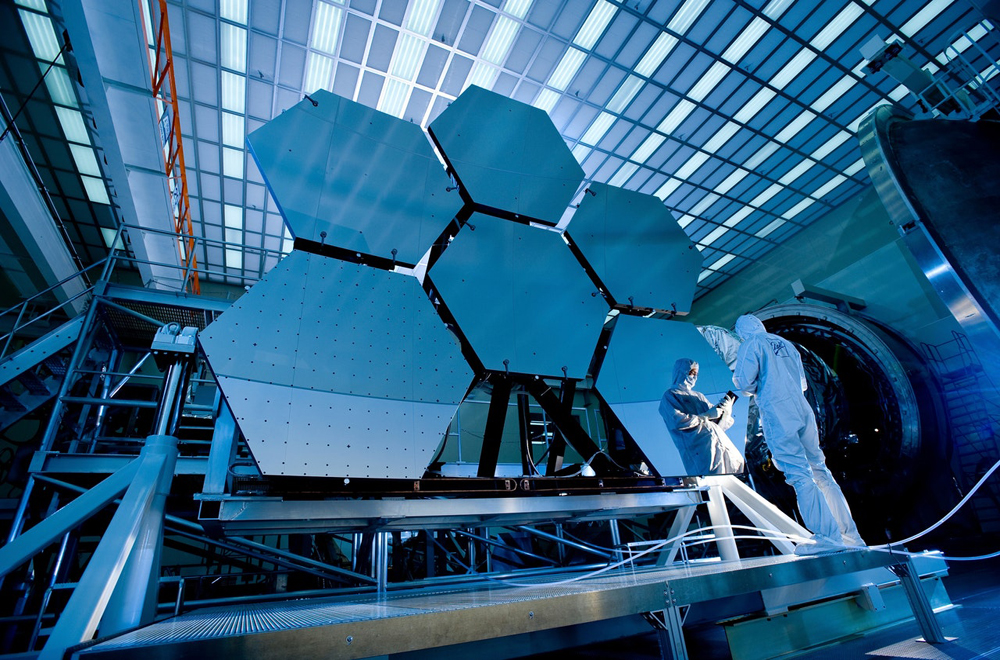

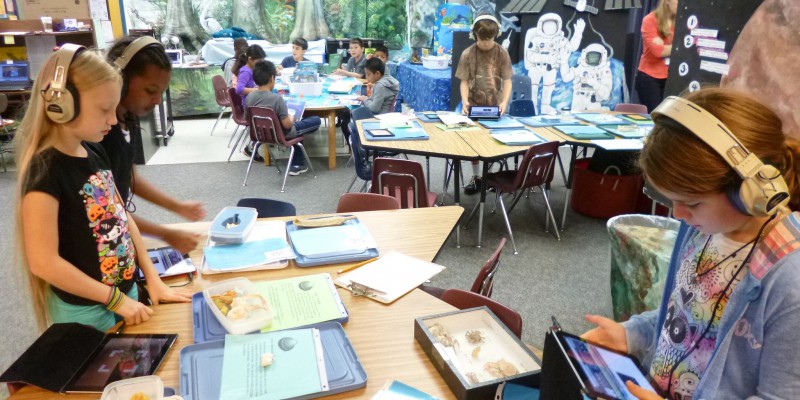
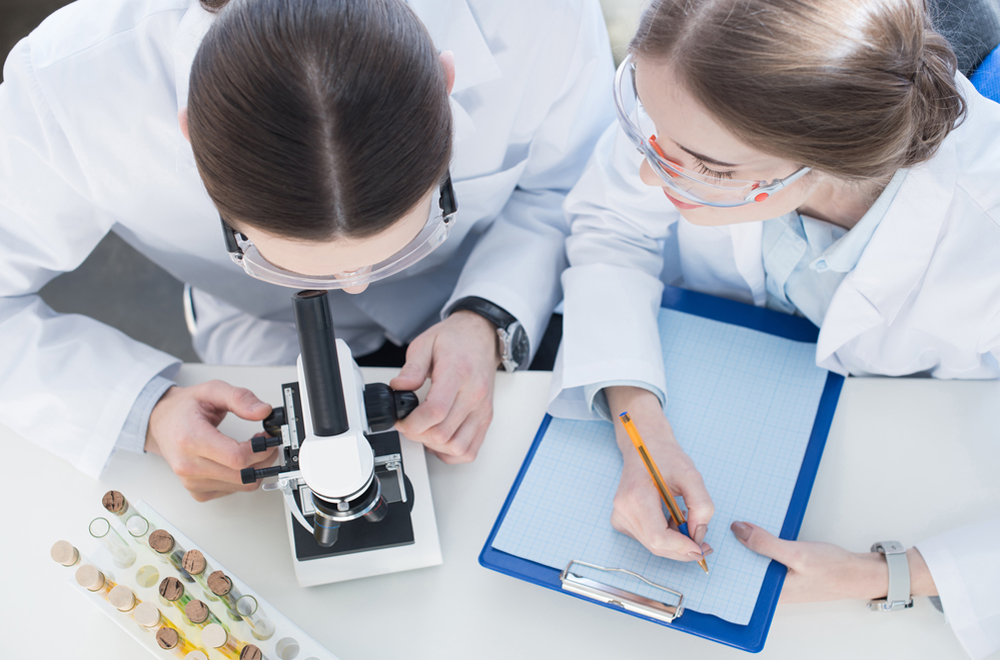
 In reality though, for a great idea to get out into the wild, a bit of all three is needed. The right people are needed in the right environment to make the right coincidences in everyday occurrences. That’s where the EIT comes in. Since 2008, this project of the European Union has been bringing together talented people from excellent businesses, research institutes and universities from around Europe and providing them with supports and opportunities that allow innovation to happen. The number of EIT innovation hearts is growing, as the EIT continues to train a new generation of entrepreneurs and support a multitude of business ideas and young ventures.
In reality though, for a great idea to get out into the wild, a bit of all three is needed. The right people are needed in the right environment to make the right coincidences in everyday occurrences. That’s where the EIT comes in. Since 2008, this project of the European Union has been bringing together talented people from excellent businesses, research institutes and universities from around Europe and providing them with supports and opportunities that allow innovation to happen. The number of EIT innovation hearts is growing, as the EIT continues to train a new generation of entrepreneurs and support a multitude of business ideas and young ventures.





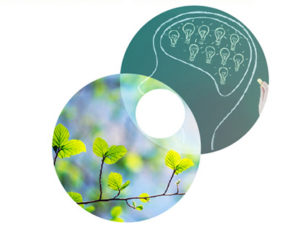 The KICs are a series of cross-border group projects aimed to increase Europe’s role in sustainable growth and competitiveness in the fields of innovation and technology. This programme focuses on the development of innovative products and services, the start-up of new companies as well as the training of a new generation of entrepreneurs.
The KICs are a series of cross-border group projects aimed to increase Europe’s role in sustainable growth and competitiveness in the fields of innovation and technology. This programme focuses on the development of innovative products and services, the start-up of new companies as well as the training of a new generation of entrepreneurs.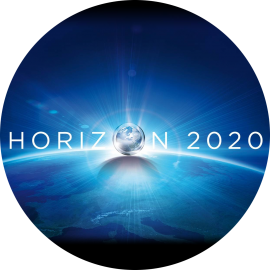 With nearly 80 billion euros of funding, Horizon 2020 is undeniably the biggest EU Research and Innovation programme. Its idea is based on the fact that Europe must invest in its research and innovation filed in order to gain a global competitive position. It does so by promoting economic growth and creating jobs.
With nearly 80 billion euros of funding, Horizon 2020 is undeniably the biggest EU Research and Innovation programme. Its idea is based on the fact that Europe must invest in its research and innovation filed in order to gain a global competitive position. It does so by promoting economic growth and creating jobs.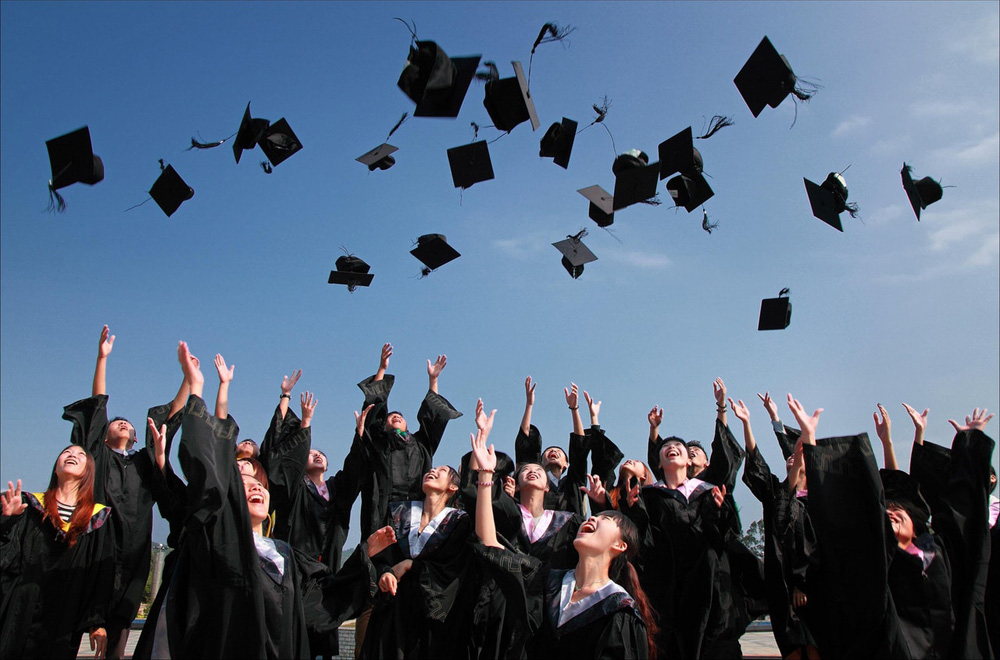
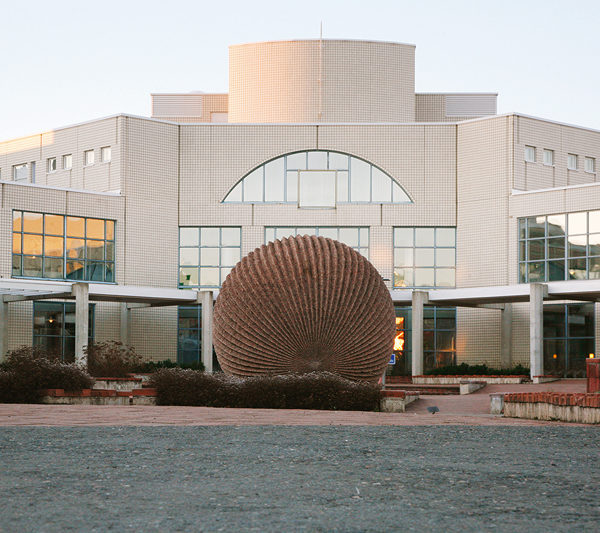
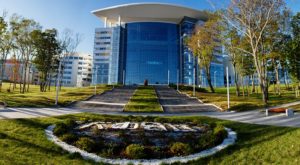
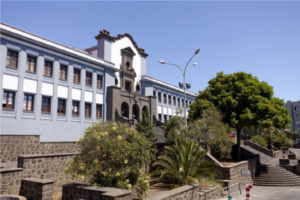
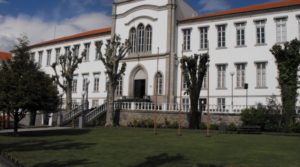
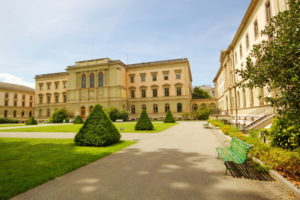
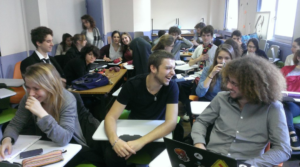
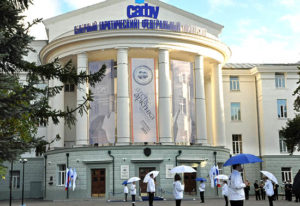

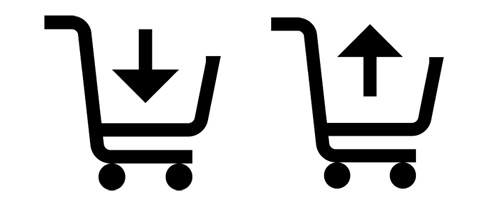
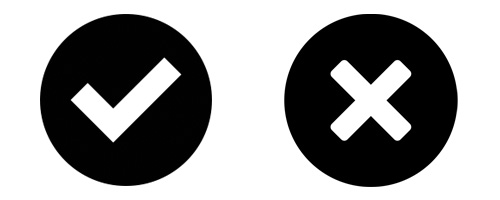
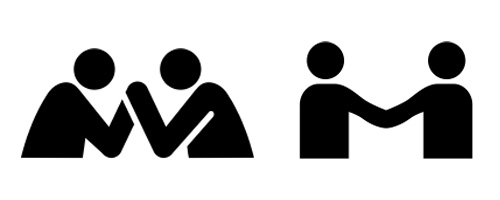

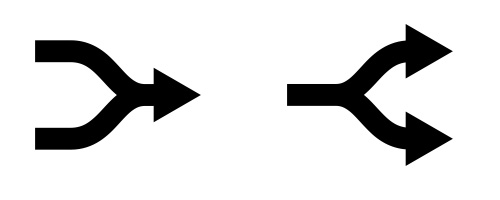
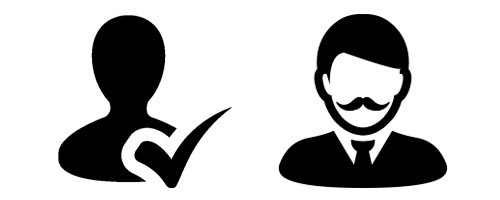
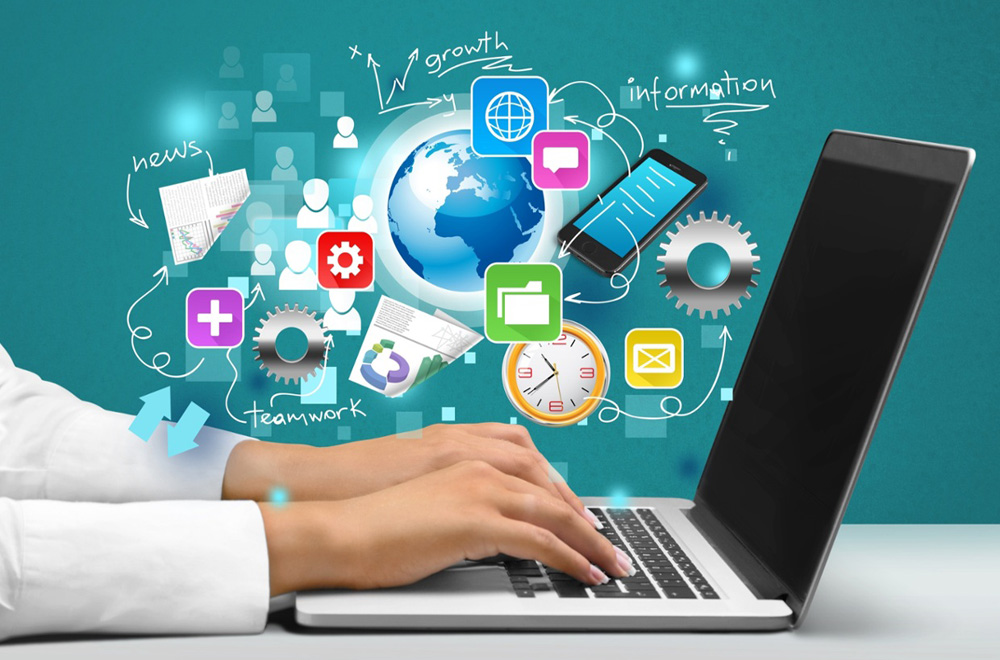
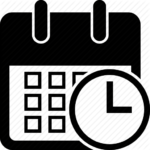
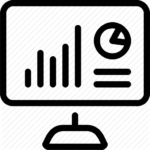
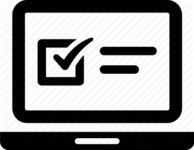
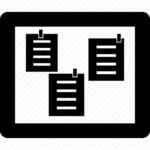
 Cambridge examiners are teachers or experts in their subject. It’s really important that they all mark to the same standard. This means that they mark according to the mark scheme and they all apply the mark scheme in the same way. To make sure this happens, a team of experienced senior examiners get together once the exam is done. They will mark a sample set of scripts using the scheme and will agree on the marks.
Cambridge examiners are teachers or experts in their subject. It’s really important that they all mark to the same standard. This means that they mark according to the mark scheme and they all apply the mark scheme in the same way. To make sure this happens, a team of experienced senior examiners get together once the exam is done. They will mark a sample set of scripts using the scheme and will agree on the marks.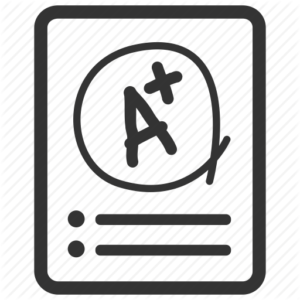 Grade boundaries are the minimum marks one needs to achieve a grade. A mixture of statistical evidence and expert judgment is used to agree on the Grade Boundary. This system allows a student not to get a weaker grade just because the paper she or he sat on was more difficult than the previous one. Cambridge tries to make question papers of the same level of difficulty every year but they can vary slightly – Grade Boundaries are used to manage this. Senior examiners carry out final checks on the marking leading to the results.
Grade boundaries are the minimum marks one needs to achieve a grade. A mixture of statistical evidence and expert judgment is used to agree on the Grade Boundary. This system allows a student not to get a weaker grade just because the paper she or he sat on was more difficult than the previous one. Cambridge tries to make question papers of the same level of difficulty every year but they can vary slightly – Grade Boundaries are used to manage this. Senior examiners carry out final checks on the marking leading to the results.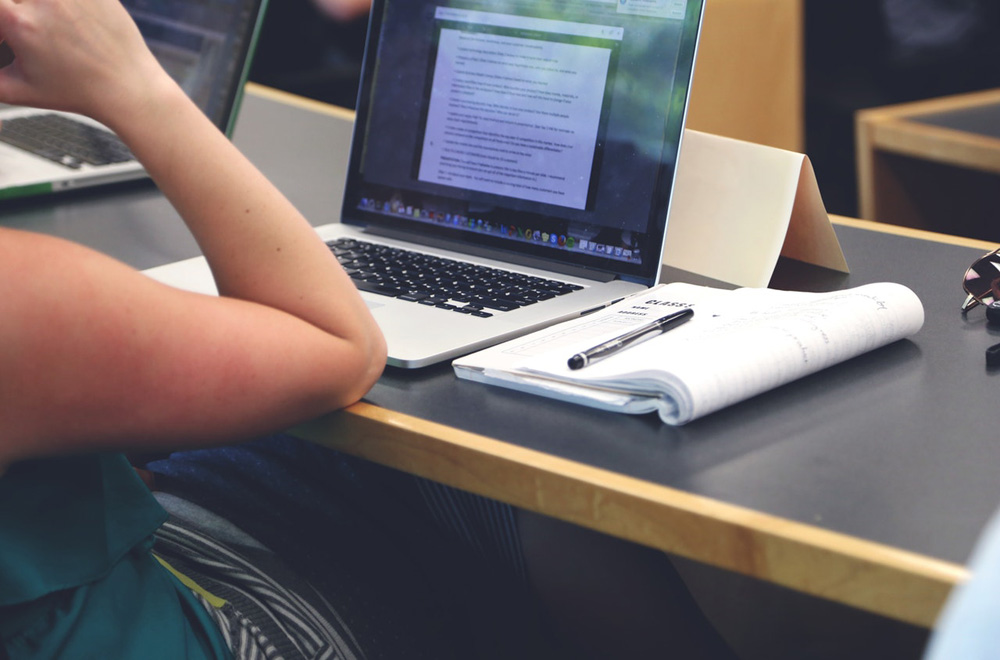
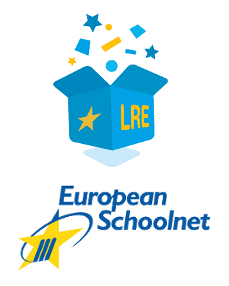
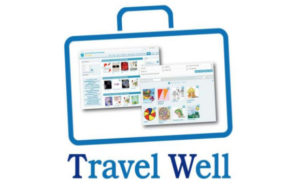
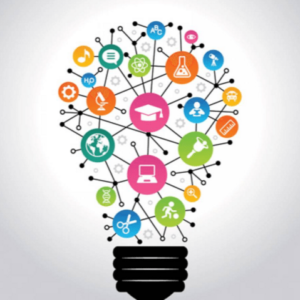
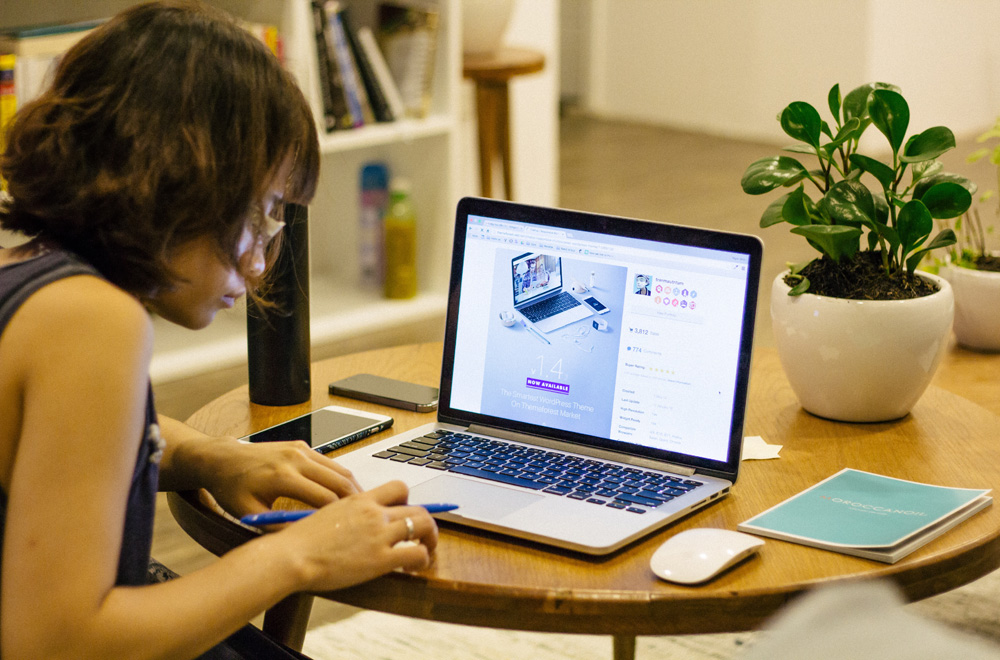
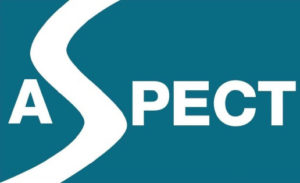 Best Practice is a network, which means it is connected to many other platforms and stakeholders. Stakeholders include universities, colleges school staff and other forms of educators while the platforms Best Practice works with are Teaching School Alliances, Multi-Academy Trusts and Early Years Providers.
Best Practice is a network, which means it is connected to many other platforms and stakeholders. Stakeholders include universities, colleges school staff and other forms of educators while the platforms Best Practice works with are Teaching School Alliances, Multi-Academy Trusts and Early Years Providers.






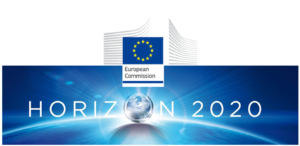

 ERA.NET RUS Plus is a programme that involves 28 consortium members. It focuses on research projects in the fields of technology, health, social sciences, innovations and the environment. Its major objective is to deepen the transnational collaboration between the Russian Federation and the European Union as well as reduce the impact of national borders on cooperative research.
ERA.NET RUS Plus is a programme that involves 28 consortium members. It focuses on research projects in the fields of technology, health, social sciences, innovations and the environment. Its major objective is to deepen the transnational collaboration between the Russian Federation and the European Union as well as reduce the impact of national borders on cooperative research.
